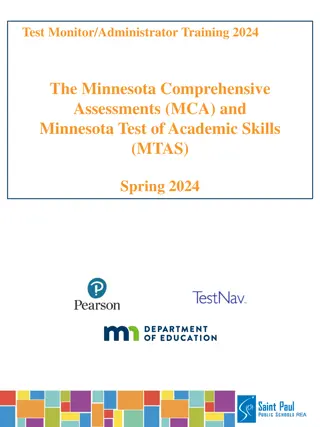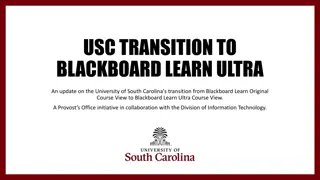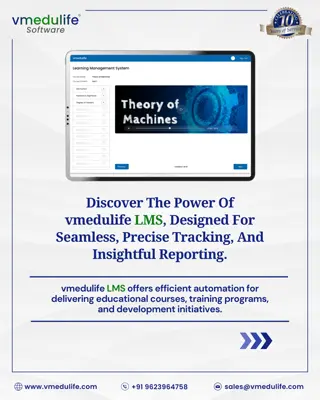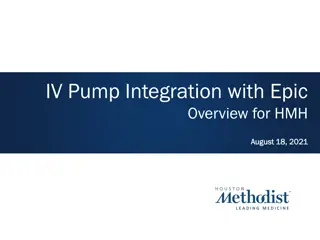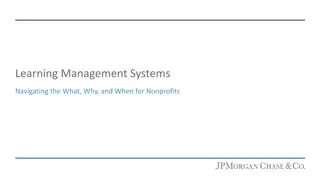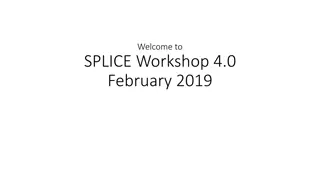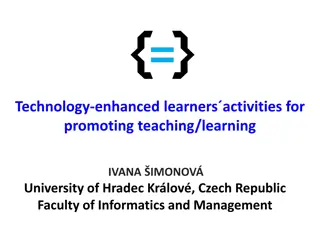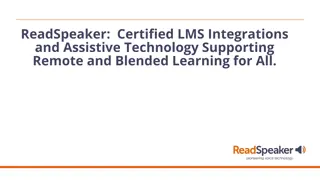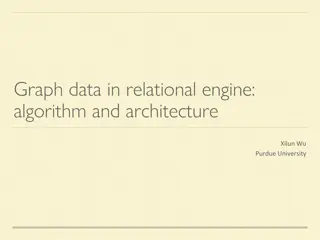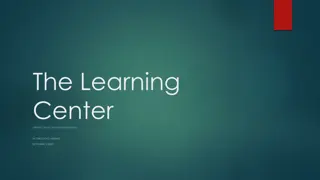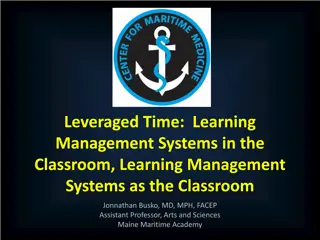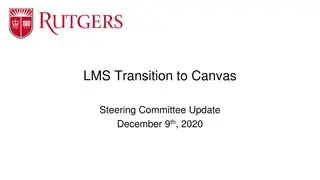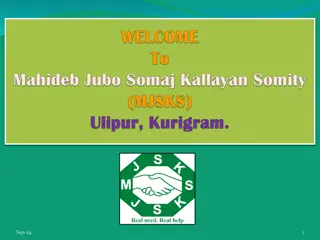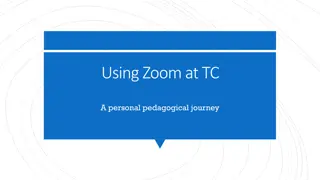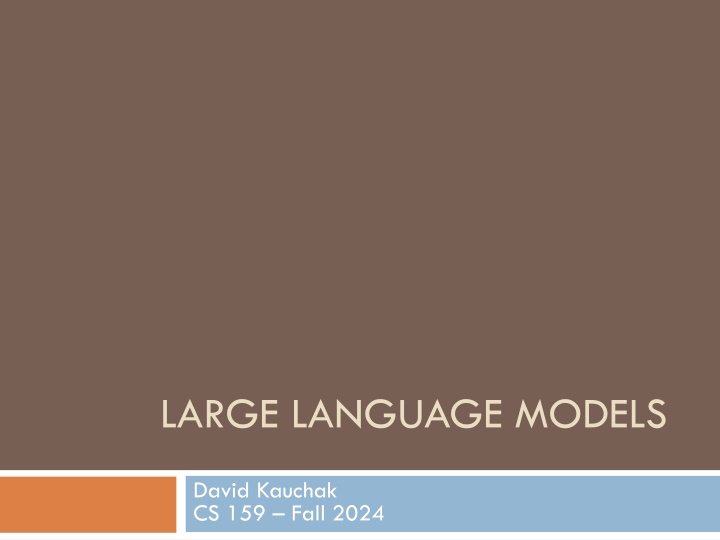
Neural Network Fundamentals and Activation Functions Overview
Explore the basics of neural networks, including single neurons, perceptrons, and recurrent neural networks. Learn about activation functions like hard threshold, sigmoid, and softmax. Understand how neural networks process inputs and compute answers through layers, leading to the final output. Dive into the world of large language models and their applications in CS 159 with David Kauchak in Fall 2024.
Download Presentation

Please find below an Image/Link to download the presentation.
The content on the website is provided AS IS for your information and personal use only. It may not be sold, licensed, or shared on other websites without obtaining consent from the author. If you encounter any issues during the download, it is possible that the publisher has removed the file from their server.
You are allowed to download the files provided on this website for personal or commercial use, subject to the condition that they are used lawfully. All files are the property of their respective owners.
The content on the website is provided AS IS for your information and personal use only. It may not be sold, licensed, or shared on other websites without obtaining consent from the author.
E N D
Presentation Transcript
LARGE LANGUAGE MODELS David Kauchak CS 159 Fall 2024
Admin Assignment 7 due Wednesday Final project proposals due Thursday Start working on the projects! Log hours that you work No class Thursday Quiz 3 back today
A Single Neuron/Perceptron Input x1 Each input contributes: xi * wi Weight w1 Weight w2 Input x2 g(in) Output y threshold function Input x3 Weight w3 i in = wi xi Weight w4 Input x4
Activation functions hard threshold: ? ?? = 1 ?? ?? ? ?? ?????? 0 sigmoid 1 g(x) = 1+e-ax tanh x
Many other activation functions Rectified Linear Unit Softmax (for probabilities)
Neural network inputs Individual perceptrons/neurons
Neural network some inputs are provided/entered inputs
Neural network inputs each perceptron computes and calculates an answer
Neural network inputs those answers become inputs for the next level
Neural network inputs finally get the answer after all levels compute
Recurrent neural networks inputs hidden layer(s) output
Recurrent neural nets xt = input ht = hidden layer output yt = output Figure 9.1 from Jurafsky and Martin
Recurrent neural networks xt = input ht-1 = hidden layer output from previous input ht = hidden layer output yt = output Figure 9.2 from Jurafsky and Martin
Recurrent neural networks x1 Say you want the output of x1, x2, x3, .
Recurrent neural networks y1 h1 x1
Recurrent neural networks y2 h2 h1 x2
Recurrent neural networks y3 h3 h2 x3
RNNs unrolled Figure 9.2 from Jurafsky and Martin
Still just a single neural network U, W and V are the weight matrices xt = input ht-1 = hidden layer output from previous input ht = hidden layer output yt = output Figure 9.2 from Jurafsky and Martin
RNN language models How can we use RNNs as language models p(w1, w2, , wn)? How do we input a word into a NN?
One-hot encoding For a vocabulary of V words, have V input nodes All inputs are 0 except the for the one corresponding to the word 0 a apple 1 apple xt 0 banana zebra 0
RNN language model V output nodes N hidden nodes input node V s banana apple zebra a 0 0 0 1
RNN language model p(w1|<s>) p(w2|<s> w1) p(w3|<s> w1 w2) p(w4|<s> w1 w2 w3) Softmax = turn into probabilities Figure 9.6 from Jurafsky and Martin
RNN language model p(w1|<s>) p(w2|<s> w1) p(w3|<s> w1 w2) p(w4|<s> w1 w2 w3) Softmax = turn into probabilities Figure 9.6 from Jurafsky and Martin
Training RNN LM Figure 9.6 from Jurafsky and Martin
Generation with RNN LM Figure 9.9 from Jurafsky and Martin
Stacked RNNs Figure 9.10 from Jurafsky and Martin
Stacked RNNs - Multiple hidden layers - Still just a single network run over a sequence - Allows for better generalization, but can take longer to train and more data!
Challenges with RNN LMs p(w1|<s>) p(w2|<s> w1) p(w3|<s> w1 w2) p(w4|<s> w1 w2 w3) What context is incorporated for predicting wi?
Challenges with RNN LMs p(w1|<s>) p(w2|<s> w1) p(w3|<s> w1 w2) p(w4|<s> w1 w2 w3) Just like with an n-gram LM, only use previous history. What are we missing if we re predicting p(w1, w2, , wn)?
Bidirectional RNN Normal forward RNN Figure 9.11 from Jurafsky and Martin
Bidirectional RNN Normal forward RNN Figure 9.11 from Jurafsky and Martin
Bidirectional RNN Backward RNN, starting from the last word Figure 9.11 from Jurafsky and Martin
Bidirectional RNN Prediction uses collected information from the words before (left) and words after (right) Figure 9.11 from Jurafsky and Martin
Challenges with RNN LMs p(w1|<s>) p(w2|<s> w1) p(w3|<s> w1 w2) p(w4|<s> w1 w2 w3) Can we use them for translation (and related tasks)? Any challenges?
Challenges with RNN LMs hasta luega y gracias por Can we use them for translation (and related tasks)? Any challenges?
Challenges with RNN LMs No laila l ihi a mahalo no n mea a pau Translation isn t word-to-word Worse for other tasks like summarization
Encoder-decoder models Idea: - Process the input sentence (e.g., sentence to be translated) with a network - Represent the sentence as some function of the hidden states (encoding) - Use this context to generate the output Figure 9.16 from Jurafsky and Martin
Encoder-decoder models: simple version The context is the final hidden state of the encoder and is provided as input to the first step of the decoder Figure 9.17 from Jurafsky and Martin
Encoder-decoder models: improved The context is some combination of all of the hidden states of the encoder How is this better? Figure 9.18 from Jurafsky and Martin
Encoder-decoder models: improved The context is some combination of all of the hidden states of the encoder Each step of decoding has access to the original, full encoding/context Figure 9.18 from Jurafsky and Martin
Encoder-decoder models: improved Even with this model, different encoding steps may care about different parts of the context Figure 9.18 from Jurafsky and Martin
Encoder-decoder models: improved Even with this model, different encoding steps may care about different parts of the context Figure 9.18 from Jurafsky and Martin
Attention Context is dependent on where we are in decoding step and the relationship between encoder and decoder hidden states
Attention Simple version attention is static, but can learn attention mechanism (i.e., relationship between encoder and decoder hidden states) Figure 9.23 from Jurafsky and Martin
Attention Key RNN challenge: computation is sequential - This prevents parallelization - Harder to model contextual dependencies Figure 9.23 from Jurafsky and Martin
Another model How is this setup different from the RNN? Figure 10.1 from Jurafsky and Martin

